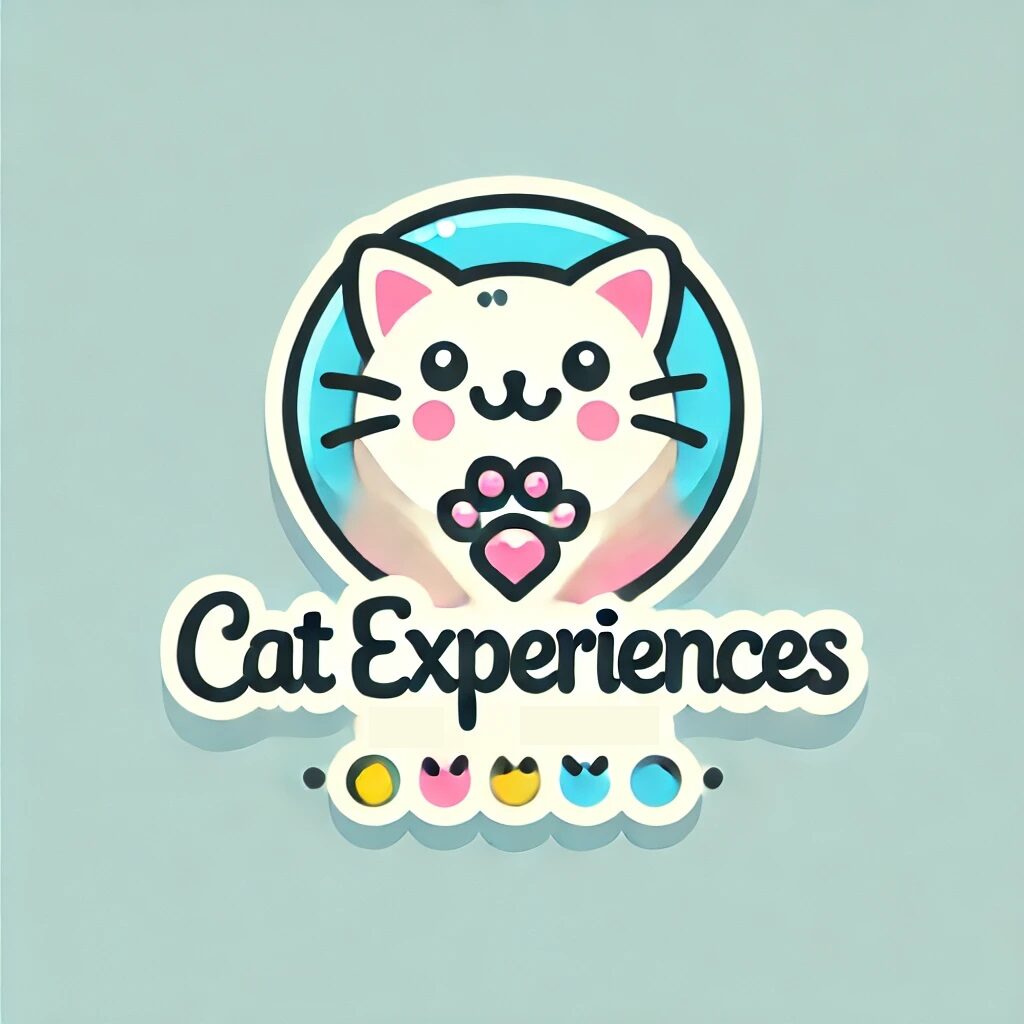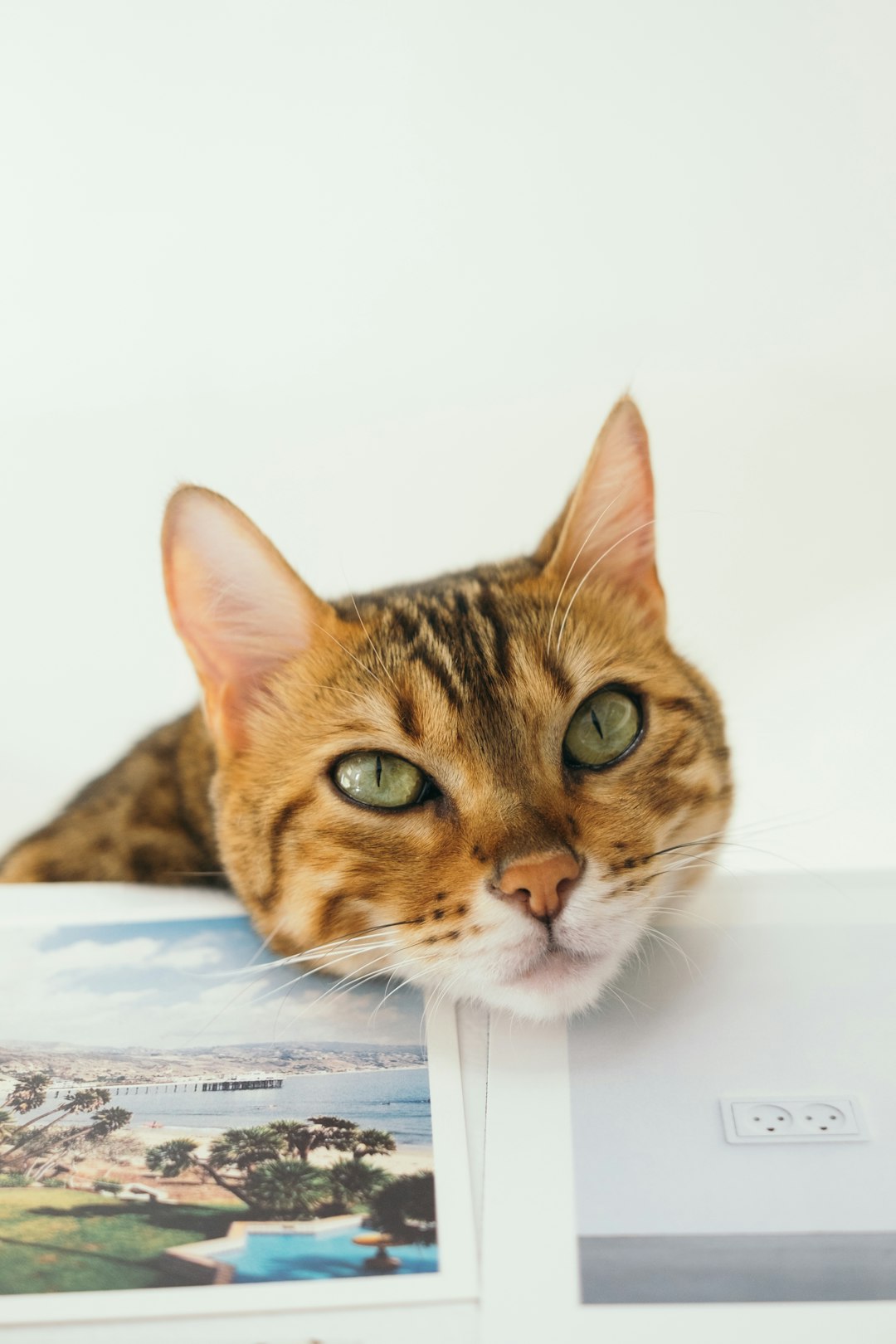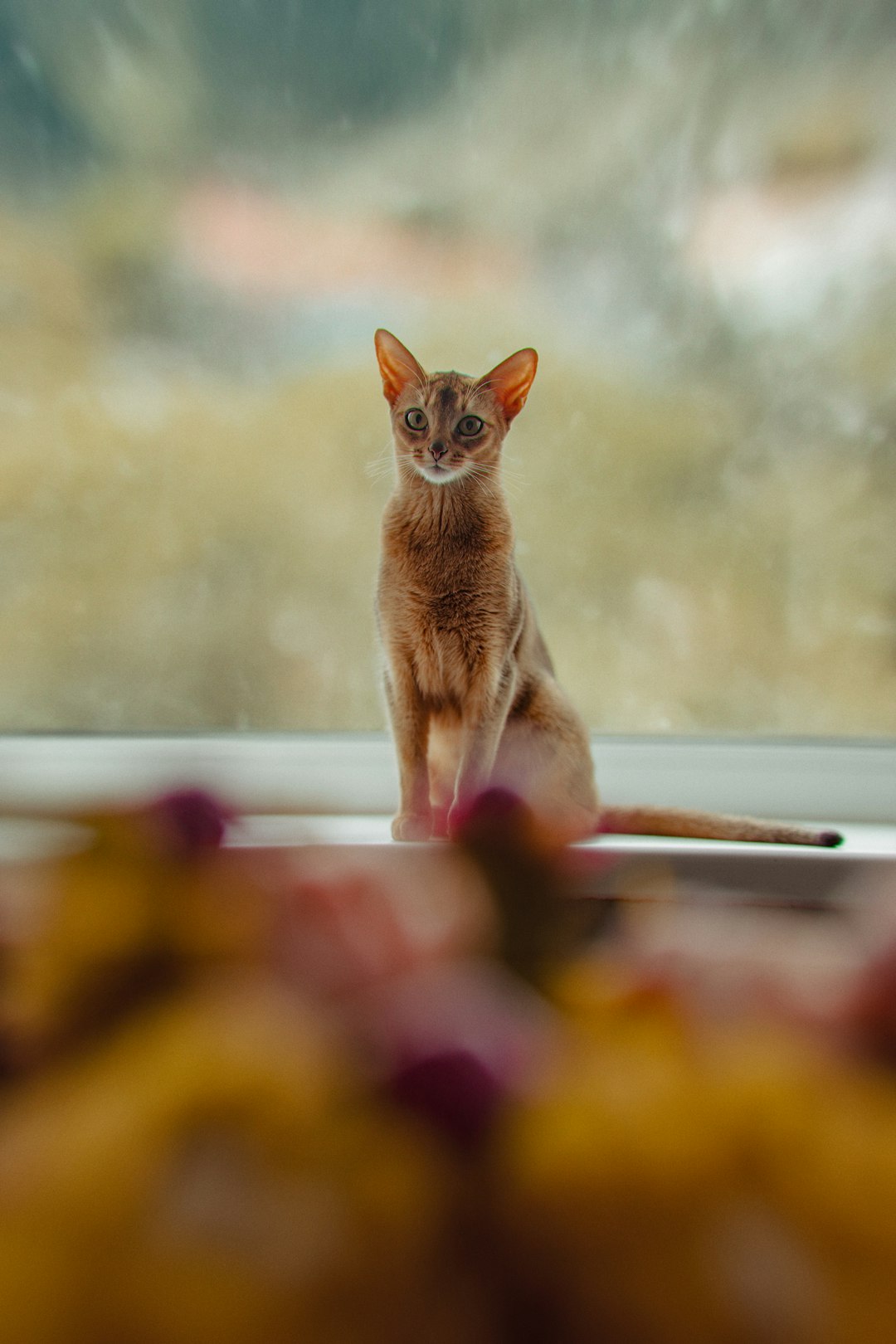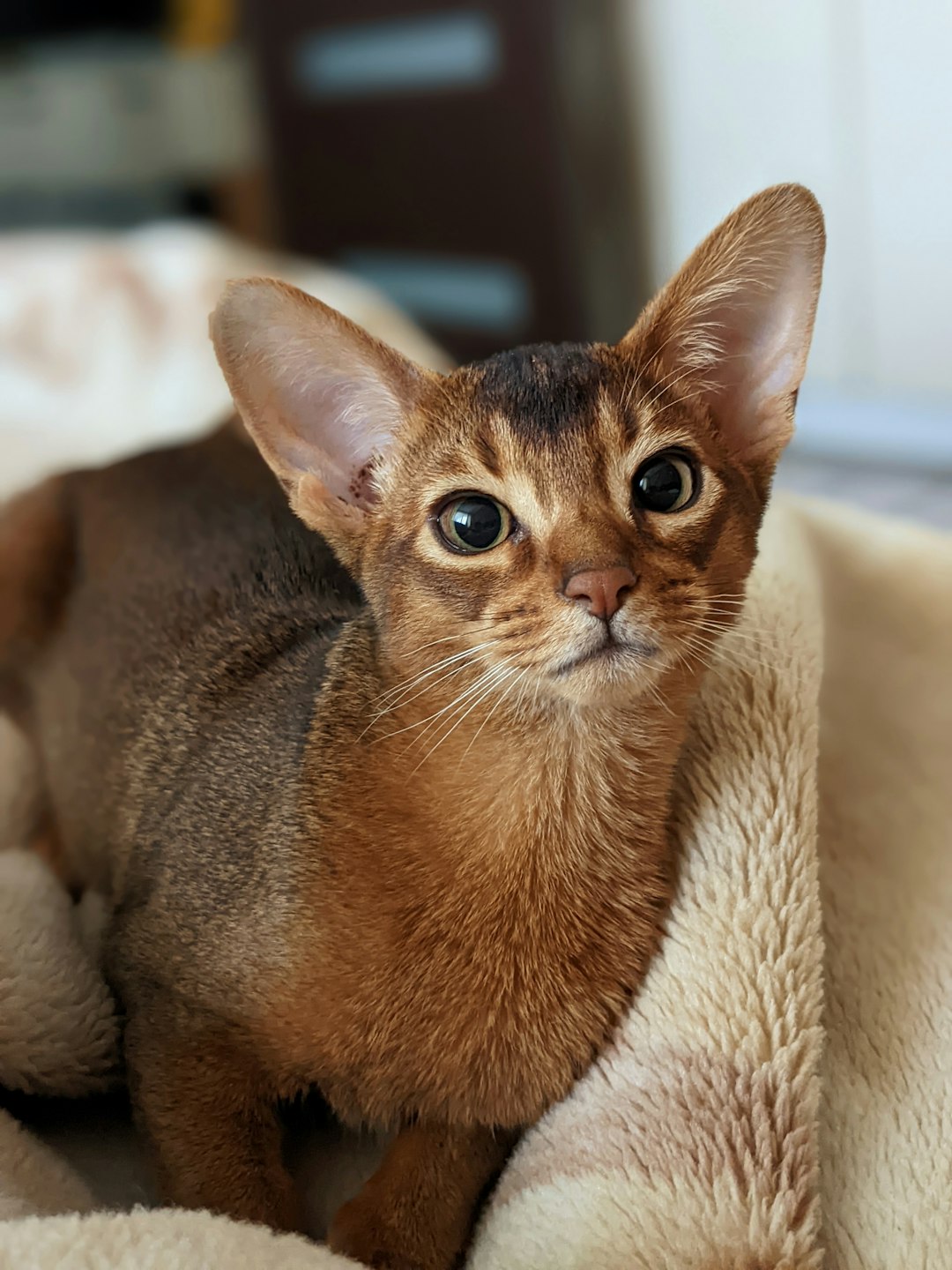The Brown Tabby breed captivates cat lovers with its unique coat patterns and charming personalities. This popular feline can sport a variety of striking designs, ranging from classic stripes to intricate swirling patterns, making each cat truly one-of-a-kind. Furthermore, understanding the genetics behind these coat variations enhances our appreciation of their beauty. Beyond their looks, Brown Tabby cats possess distinct personality traits that contribute to their popularity as companions. Join us as we explore the fascinating world of the Brown Tabby, uncovering both their visual allure and their engaging character.
Characteristics of the Brown Tabby Coat Pattern
The Brown Tabby coat pattern is one of the most recognizable and beloved feline appearances. Characterized by a warm palette of browns, blacks, and tans, this coat features distinct patterns that vary from cat to cat. Here are the primary characteristics that define the Brown Tabby coat:
- Agouti Background: The fur typically has a mix of light and dark bands, creating a "ticked" effect.
- Pattern Types:
- Mackerel: Thin stripes running parallel down the sides.
- Classic: Bold swirls resembling a marble cake.
- Spotted: Random spots resembling a leopard’s coat.
- Ticked: Each hair has banding, giving a speckled appearance.
- Facial Markings:
- The Brown Tabby commonly has an "M" shape on its forehead.
- Darker lines often extend from the eyes down to the whisker pads.
These traits not only enhance the beauty of the Brown Tabby but also make them a favorite among cat enthusiasts. Each variation offers a unique look, ensuring that every Brown Tabby is distinctively charming.
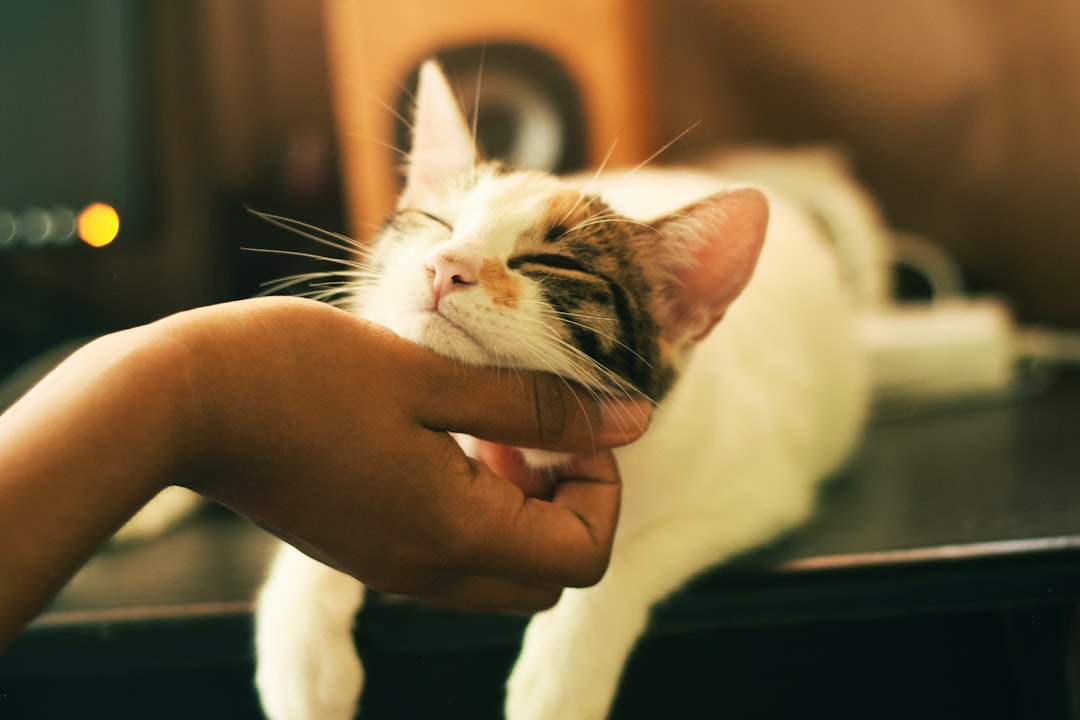
Common Variations of Brown Tabby Patterns
Brown Tabby cats display a range of beautiful coat patterns that make them distinct and charming. Here’s a quick overview of the most common variations:
Mackerel Tabby: Characterized by narrow, evenly spaced stripes running parallel down the sides. This pattern resembles a fish skeleton, which is how it got its name.
Classic Tabby: This variation features bold swirls and swathes of color, creating a marbled appearance. These cats often have a pronounced "bullseye" pattern on their sides.
Spotted Tabby: As the name suggests, this pattern consists of spots instead of stripes. These spots vary in size and placement, offering a unique look among Brown Tabbies.
Ticked Tabby: This variation has agouti hairs with bands of color, giving the coat a soft, muted appearance. It lacks the traditional stripes or spots found in other patterns.
| Pattern Type | Description |
|---|---|
| Mackerel Tabby | Narrow stripes running parallel |
| Classic Tabby | Bold swirls creating a marbled look |
| Spotted Tabby | Random spots of varying sizes |
| Ticked Tabby | Agouti hairs with bands of color |
Understanding these variations helps cat lovers appreciate the striking beauty of the Brown Tabby and choose the right companion for their family. Each pattern not only enhances their visual appeal but also contributes to their charming personalities.
The Genetics Behind Brown Tabby Coloring
Understanding the genetics of the Brown Tabby coat can shed light on why these cats possess their distinctive patterns. The Brown Tabby pattern is primarily influenced by the following genetic factors:
Agouti Gene: This gene produces the band’s coloration in the hair shaft, essential for the Brown Tabby‘s classic appearance.
Tabby Pattern Genes: The gene T (for tabby) controls the presence of the tabby pattern, resulting in variations such as mackerel, spotted, and classic.
Black Color Gene: The presence of the dominant black gene (B) contributes to the overall base color of the Brown Tabby, which is a rich mixture of browns and blacks that defines their look.
Comparison of Genetic Contributions:
| Trait | Gene | Effect |
|---|---|---|
| Base Color | B (Black color gene) | Dark background |
| Pattern Type | T (Tabby pattern gene) | Stripes, spots, or swirls |
| Banding of Fur | A (Agouti gene) | Distinct light and dark bands |
In conclusion, the unique blend of these genetic elements results in the striking beauty of the Brown Tabby coat, making them a favored choice for many cat lovers.
Personality Traits Unique to Brown Tabby Cats
Brown Tabby cats not only charm with their beautiful coats but also with their distinct personalities. Here are some unique traits commonly found in Brown Tabby cats:
Affectionate Nature: Brown Tabby cats tend to be very loving and enjoy cuddling. They form strong bonds with their human companions.
Playful Spirit: Their playful demeanor keeps them active and engaged. Brown Tabbies love interactive toys and games that stimulate their natural hunting instincts.
Curious Attitude: This breed exhibits a keen curiosity. They love exploring their surroundings, making them great companions for adventurous households.
Adaptable Personality: Brown Tabby cats generally adjust well to different environments and lifestyles, making them suitable for various home scenarios.
Comparison Table of Personality Traits
| Trait | Brown Tabby | Other Tabby Breeds |
|---|---|---|
| Affectionate | Very High | Moderate |
| Playful | High | Varies |
| Curiosity | High | Moderate |
| Adaptability | High | Varies |
In summary, the Brown Tabby not only captivates with its stunning appearance but also engages hearts with its loving and playful nature.
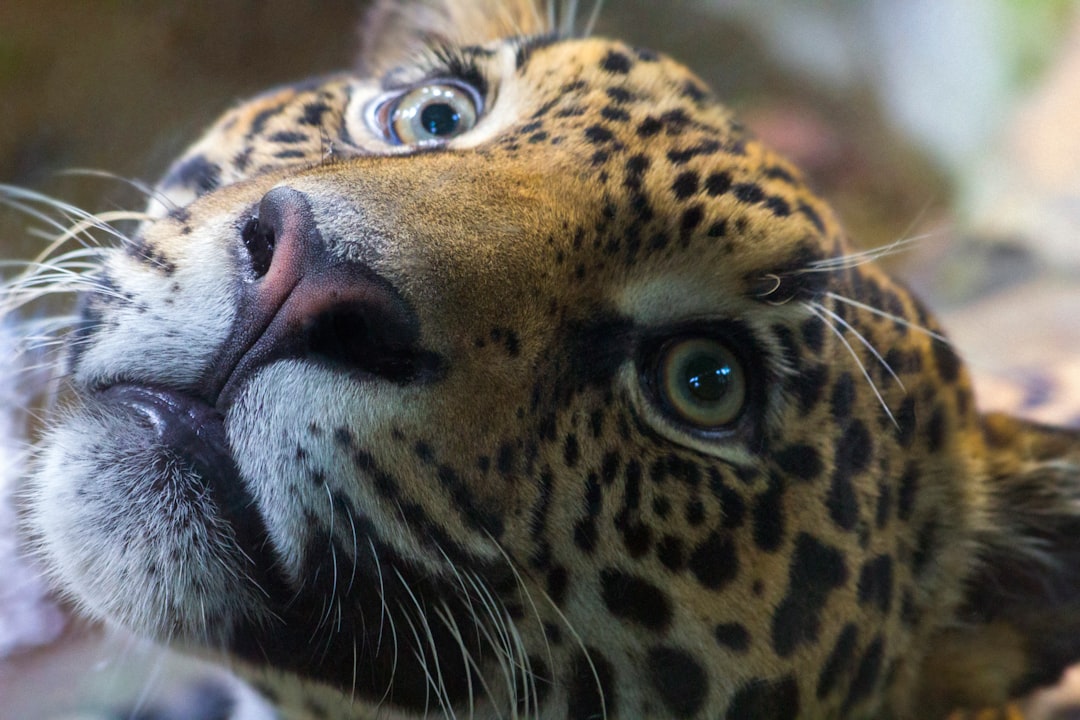
Caring for Your Brown Tabby: Tips and Advice
Caring for your Brown Tabby involves understanding their unique needs and ensuring they thrive in a loving environment. Here are essential tips to help you provide the best care for your furry companion:
Diet and Nutrition:
- Feed your Brown Tabby a balanced diet rich in high-quality protein.
- Include wet and dry food to maintain hydration and dental health.
Regular Veterinary Check-ups:
- Schedule annual visits for vaccinations and health screenings.
- Early detection of potential health issues is crucial.
Grooming:
- Brush your Brown Tabby’s coat weekly to reduce shedding and matting.
- Pay special attention to their claws, ensuring they remain trimmed.
Mental Stimulation:
- Provide interactive toys and puzzles to keep your Brown Tabby engaged.
- Regular playtime strengthens your bond and prevents boredom.
Socialization:
- Encourage interactions with family members and other pets to foster social skills.
- Expose your Brown Tabby to new experiences gradually to build confidence.
By following these tips, you can ensure your Brown Tabby enjoys a happy, healthy, and fulfilling life.
Social Behavior of Brown Tabby Cats
Understanding the social behavior of Brown Tabby cats reveals their unique personality traits. These charming felines exhibit a variety of behaviors that highlight their affectionate nature.
Key Social Behaviors:
- Affectionate Companions: Brown Tabby cats often enjoy cuddling and show high levels of attachment to their humans.
- Playful Interactions: They thrive on play, often engaging in games that simulate hunting, making them fun and active partners.
- Curious Explorers: Brown Tabbies are known for their curiosity, frequently investigating their surroundings and interacting with other pets.
- Vocal Communicators: Many Brown Tabbies express themselves vocally, using soft meows to communicate their needs and feelings.
Socialization Tips:
- Encourage Interaction: Provide toys and engage in playtime to foster bonding.
- Introduce Gradually: When introducing a new pet, do so slowly to ensure your Brown Tabby feels comfortable.
Overall, Brown Tabby cats adapt well to various social environments, making them beloved companions in many households. Their social behavior not only enriches their own lives but also enhances the lives of those around them.
Health Considerations for Brown Tabby Cats
Brown Tabby cats, with their striking coat and dynamic personalities, may be prone to some unique health concerns. Understanding these issues will help you keep your feline friend healthy and joyful. Here are some key considerations:
Common Health Issues
- Obesity: Brown Tabbies can easily gain weight. Monitor their diet and encourage regular exercise.
- Dental Disease: This breed is susceptible to gum disease. Regular dental check-ups are essential.
- Genetic Conditions: Some Brown Tabbies might inherit predispositions to conditions like hypertrophic cardiomyopathy (HCM). Regular veterinary visits can help in early detection.
Preventive Care
- Regular Vet Check-ups: Schedule at least annual visits to ensure their overall health.
- Balanced Diet: Provide a high-quality, nutritious diet tailored to their age and activity level.
- Exercise: Engage them in interactive playtime to maintain their physical health.
Ultimately, taking proactive steps in health care will lead to a happier and longer life for your Brown Tabby. Keeping a close eye on their health and being attentive to any changes can make a big difference in their well-being.
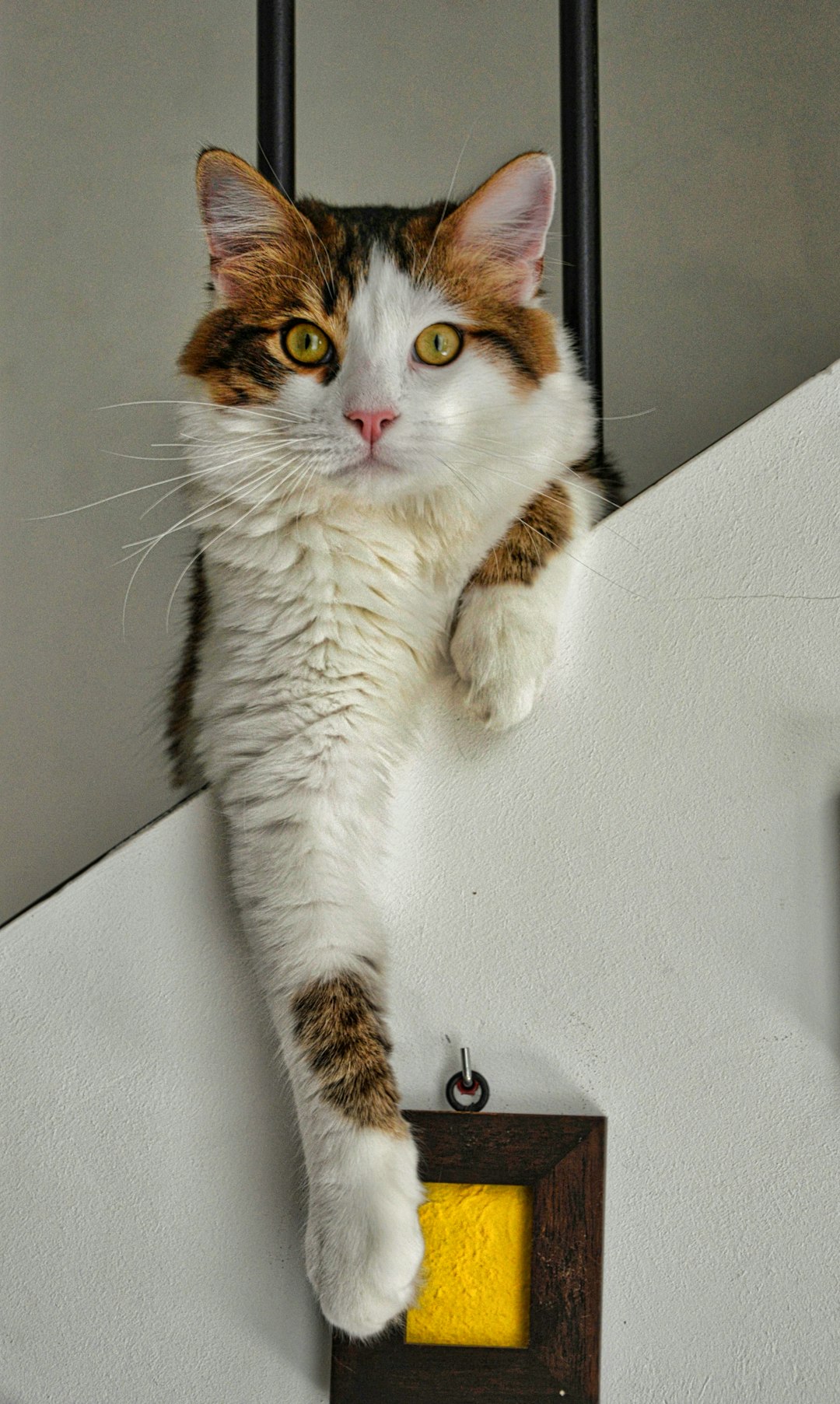
Famous Brown Tabby Cats in History and Culture
Throughout history, Brown Tabby cats have captured the hearts of many, becoming iconic figures in literature, art, and pop culture. Here are a few notable examples:
Puss in Boots: This clever Brown Tabby cat from Charles Perrault’s fairy tale showcases the intelligence and charm associated with the breed. His cunning nature makes him a beloved character.
Garfield: The famous comic strip cat, Garfield, is a lazy, lasagna-loving Brown Tabby. Created by Jim Davis, Garfield highlights the fun personality traits that many owners recognize in their own Brown Tabby cats.
Morris the Cat: As the face of 9Lives cat food, Morris is a quintessential Brown Tabby. His laid-back attitude and enjoyment of life made him an enduring mascot for feline fans.
The Cat in the Hat: Although not strictly a Brown Tabby, Dr. Seuss’s spirited character embodies the playful spirit often found in these cats, resonating with their lively nature.
In conclusion, Brown Tabby cats have left an indelible mark on our culture, showcasing their unique charm and personality across various mediums.
Frequently Asked Questions
What physical characteristics define a brown tabby cat?
Brown tabby cats exhibit a distinct coat pattern characterized by stripes, swirls, and spots, usually accompanied by a warm, rich brown base color. Their coats may vary in texture and length, but the prominent markings are a key feature. Most brown tabbies will have a classic ‘M’ shape on their forehead, as well as darker markings around the eyes and cheeks. Additionally, they often have a muscular build and vary in size, commonly reflecting their specific breed.
What are common personality traits of brown tabby cats?
Brown tabby cats are known for their playful and friendly demeanor. They tend to be social, often enjoying the company of humans and other animals. Many brown tabbies are curious and intelligent, making them quick learners, which is why they can easily adapt to new environments or routines. While their personalities can vary based on individual temperament and breed, they are generally affectionate and thrive on companionship, often forming strong bonds with their owners.
Are brown tabby cats prone to specific health issues?
As with all cat breeds, brown tabby cats can be susceptible to certain health conditions, although many health issues can be influenced by genetics or the specific breed rather than coat color alone. Common health concerns may include obesity, dental disease, and hereditary conditions like hypertrophic cardiomyopathy (HCM) in certain breeds. Regular veterinary check-ups, a balanced diet, and proper exercise will help ensure brown tabby cats maintain good health and live long lives.
How can I effectively care for a brown tabby cat?
Caring for a brown tabby cat involves a well-rounded approach, including providing a nutritious diet tailored to their age and health status, regular vet visits for vaccinations and check-ups, and ample opportunities for play and mental stimulation. Grooming their coat regularly, especially for long-haired varieties, will help minimize shedding and matting. Additionally, engaging in interactive play sessions and providing scratching posts can help keep their spirits high and promote a healthy lifestyle.
